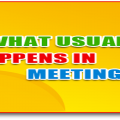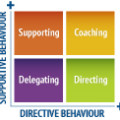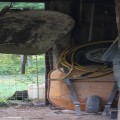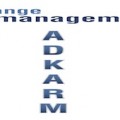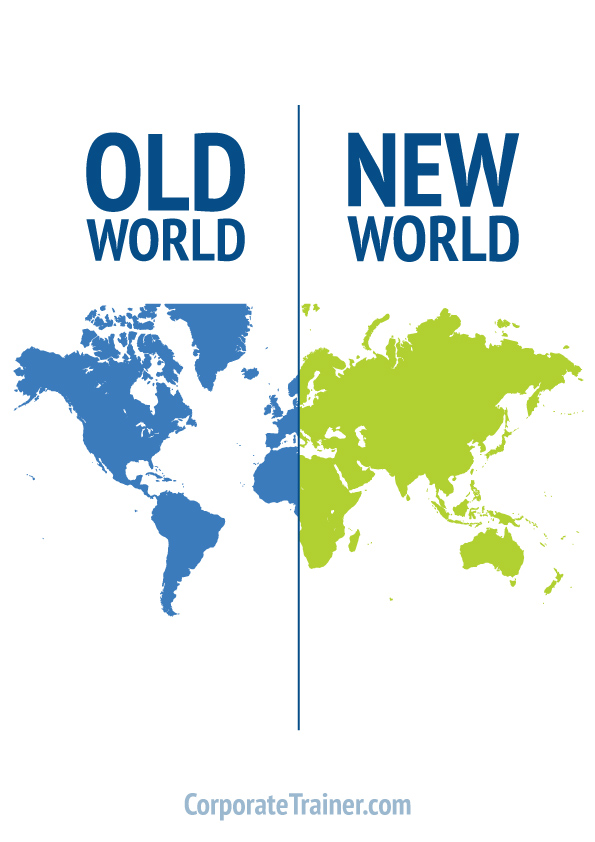 What my Grandpa told me about change management
What my Grandpa told me about change management
Imagine being smeared with ink all over your naked body as you are strung upside down on a pallet lifter. Or picture giving your boss a big wet pecker on the cheek just to get your weekly pay envelope.
These are just a couple of the responses you can expect when you bring out this flip chart of a change management model.
‘Old World/New World’ is a great way to get the group shifting in to the mind-set of change and it’s impact on their work.
It is especially useful for resistant groups and folks who are going through a change management process.
If you’ve ever found yourself with a group that is trying to make sense of all the change going on around them, it can be easy to get caught up in all the drama and leave yourself at the mercy of the groups negative focus. What feels even worse is when the focus of your training session has swirled into this all consuming spiral.
To counteract this and get the dicsussion outcome focussed, try the following sequence to ‘normalise’ the change process and get the group thinking about the changes they’ve experienced over time.
How to move the ‘too hard’ basket
Step 1: Ask small groups of 2 – 4 People to consider what the world was like back in their grandparents day in relation to these subject areas: Entertainment, Information, travel, news and education. You can capture these on a flipchart of better to keep the pace and call them out from the smaller groups.
Step 2: Now ask what their industry, or business, was like back in the ‘good ‘ol days’. Flip-chart up these responses; it’ valuable data for the conversation that ensues.
Step 3: Now ask the small groups to consider what the world will be like in our grandchildren’s day in those same areas of entertainment, information, news, travel and education. Again, just get a quick whip around of responses.
Step 4: Now ask the group what has been occurring in their business or industry in the last few years and what will that continue to bring about for them in their work; what will it look like in 5, 10, 20 years.
The idea is that you get the groups to understand and accept that change is always happening; it’s what we make of it that matters.
Be prepared, this flip chart can really get a rich conversation going. You want to have a clear idea where you want to direct the group after this activity so you keep the change momentum going.
You could direct them to the A.D.K.A.R.M model of change management or the influencer model from the book of the same name.
What makes you embrace change, how do you soften the blow for your training groups, how would you facilitate this piece?
Leave your comments below and let me know…

